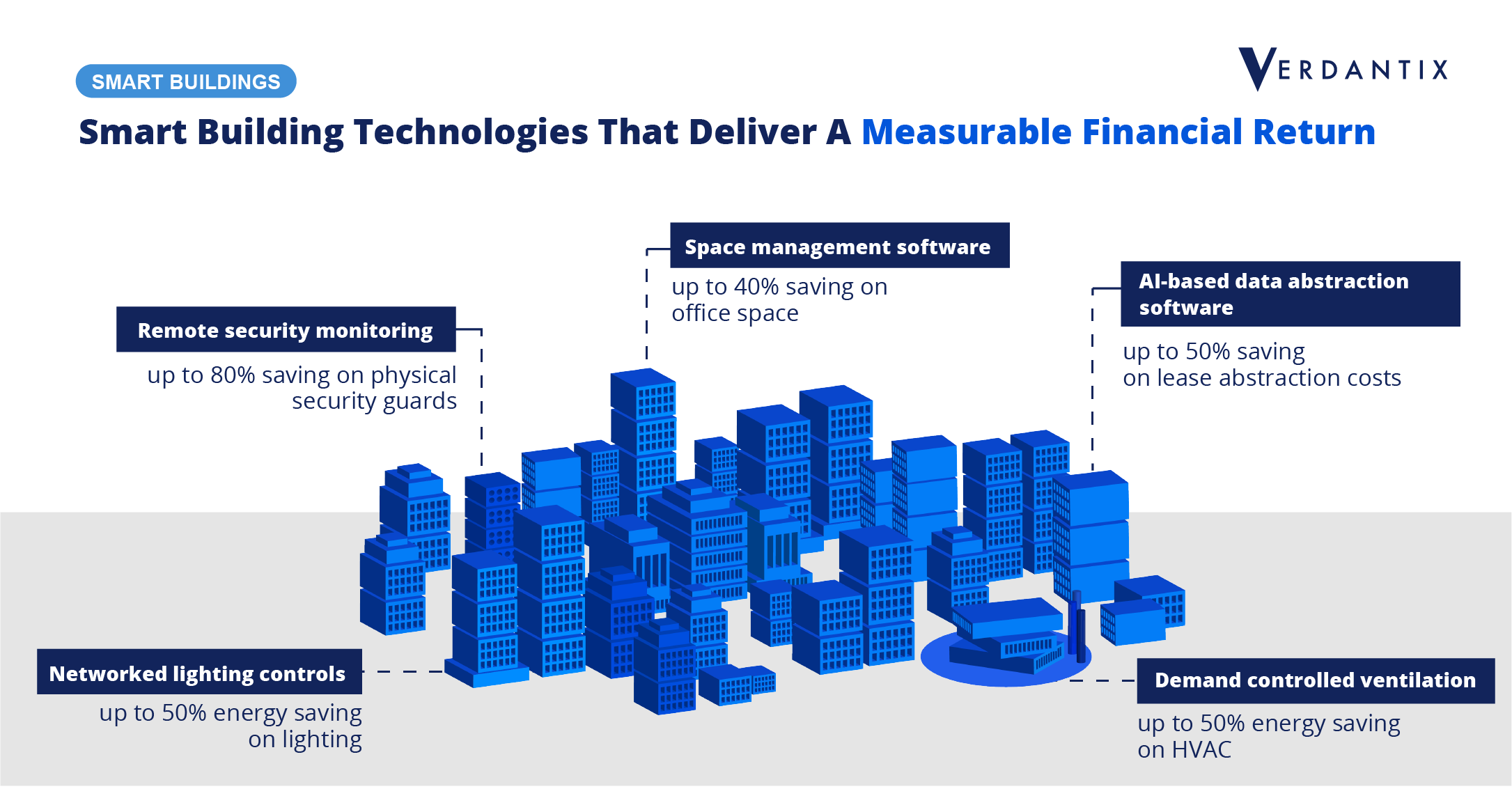Four New Ways To Cut Costs With Smart Building Technology

Susan Clarke
As facilities executives consider their strategies for the year ahead, they remain under significant pressure to deliver new cost savings and efficiencies. While many building managers have now exhausted savings from quick-win retrofit projects and squeezing their service providers, our recent research identified a significant range of untapped saving opportunities. So what are the most promising new avenues that firms should explore?
#1. Supercharge the benefits of smart building technology by integrating multiple solutions.
Firms should extend the benefits of smart building technology by integrating multiple solutions. For example, by integrating predictive energy insights with automated building controls, firms can often achieve 20% in annual energy savings by optimizing asset runtime based on changing energy prices or space utilization. Another example is demand-controlled ventilation which adjusts heating and air volume flowrate into buildings based on sensor insights, often supporting a 50% energy savings on HVAC.
#2. Unlock new savings with AI-powered smart building solutions.
Firms should broaden the horizons of their building technology programmes by deploying new types of AI-powered technology that drives automation and smarter decision-making. For example, modern lease abstraction software powered by natural language processing and machine learning can help firms to speed up extraction processes by up to 75% compared with manual-based processes.
#3. Look for untapped cost efficiency that hybrid working will open up.
While the most sizable cost saving from hybrid working is space consolidation, firms should explore other untapped cost-saving opportunities. For example, firms could consider changing the operating hours of buildings based on employee usage, such as opening an office at 11:00 am on Mondays or closing buildings early on Fridays. Facilities managers should also explore implementing smart cleaning solutions to focus labour resources on the most used areas of buildings or in response to negative employee feedback.
#4. Procure facilities management services using contracts that promote innovation.
For many decades, firms have scoped facilities management contracts around labour inputs, in some cases leading to services providers over-doing planned maintenance work on some assets. Instead, facility managers should try out bold new strategies for procuring outsourced services, such as payment-by-results contracts or shared-savings agreements. This will help bring innovation and technology into contracts and offer new value to customers.
For more insights on delivering cost savings using smart building technology, read our report 10 Smart Building Technologies With A Measurable Financial Return.

About The Author

Susan Clarke
Research Director





